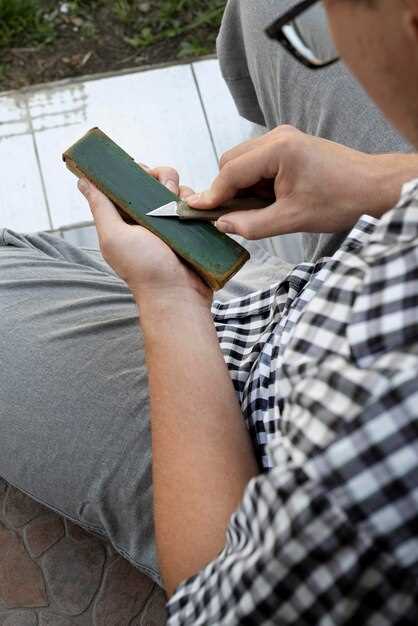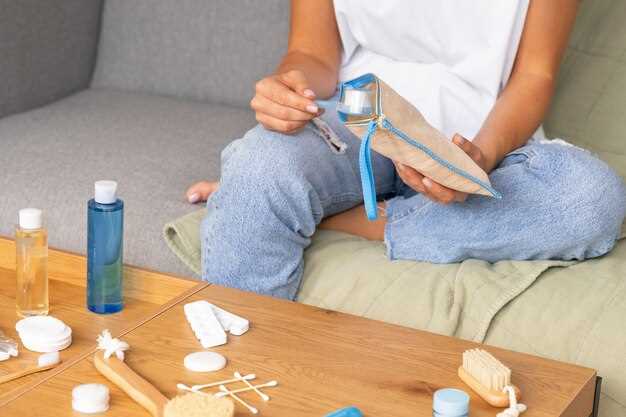
Understanding the curing time of glass adhesive is crucial for both professionals and DIY enthusiasts alike. Proper curing ensures the adhesive develops its optimal strength and durability, thereby guaranteeing the integrity of glass assemblies. The duration required for an adhesive to reach its full curing potential can vary significantly based on several factors, including the specific type of adhesive used, environmental conditions, and the thickness of the adhesive layer applied.
Typically, most glass adhesives fall into two categories: solvent-based and water-based. Solvent-based adhesives generally cure faster, often requiring only a few hours to achieve a strong bond, while water-based options may take longer to set due to their moisture content. Additionally, factors such as temperature and humidity play a pivotal role in the curing process; warmer and drier environments tend to accelerate the curing time, whereas cold and humid conditions can prolong it.
This article delves into the specific curing times associated with various glass adhesives, as well as best practices to ensure a successful application. By gaining insights into the factors influencing curing times and how to optimize them, readers can improve their adhesive bonding techniques and achieve the best possible results in their projects.
Factors Influencing Cure Time of Glass Adhesives

The cure time of glass adhesives is affected by several key factors, each playing a crucial role in the overall adhesion process. Understanding these factors can help in selecting the right adhesive and optimizing application conditions for maximum performance.
Temperature is one of the most significant factors impacting cure time. Higher temperatures generally accelerate the curing process, while lower temperatures can prolong it. The curing mechanism of many adhesives is chemical in nature, and higher thermal energy can enhance molecular mobility, leading to faster reactions.
Humidity also plays an essential role. For adhesives that require moisture for curing, increased humidity can facilitate the curing process. Conversely, low humidity can slow down curing, especially for moisture-curing adhesives, resulting in longer completion times.
Adhesive Composition is another critical factor. Different formulations may have varying cure times based on their chemical makeup. For example, epoxy-based adhesives typically have longer cure times than silicone-based alternatives. It is important to choose an adhesive specifically designed for the intended application to ensure optimal performance.
Thickness of the Adhesive Layer can impact the time required for curing. Thicker layers often need more time to cure fully, as the center of the adhesive mass may remain uncured longer than the outer layers. Applying thinner layers can help reduce cure times significantly.
Surface Preparation directly affects adhesion quality and cure time. Clean and well-prepared glass surfaces enhance the adhesive’s bonding efficiency, allowing for quicker curing and stronger bonds. Contaminants like dust, oils, or residues can hinder the curing process and lead to delayed adhesion.
Pressure Applied during the curing period can influence the rate at which the adhesive sets. Applying adequate pressure can help ensure better contact between the adhesive and the glass surface, promoting quicker curing and achieving a stronger bond.
In conclusion, understanding these factors–temperature, humidity, adhesive composition, layer thickness, surface preparation, and pressure–allows for better predictions of glass adhesive cure times. By controlling these variables, one can achieve efficient bonding while minimizing wait times.
Comparison of Different Glass Adhesive Types and Their Cure Durations

When selecting a glass adhesive, understanding the various types available and their respective curing times is essential for achieving optimal results. Different formulations cater to specific applications, affecting both the strength and durability of the bond.”
Epoxy adhesives are renowned for their strong bonding capabilities and versatility. They generally take about 24 hours to fully cure, although initial set times can be much shorter, typically around 15 to 30 minutes. Some fast-cure epoxy systems can achieve full strength in as little as 4 to 6 hours, making them ideal for projects requiring quick turnaround.
Silicone adhesives offer flexibility and thermal resistance, which makes them suitable for applications exposed to temperature fluctuations. Cure times for silicone adhesives may vary significantly; typically, they can take 24 hours to cure, but certain formulations can be tack-free within 30 minutes to 2 hours. These adhesives provide excellent sealing properties as well.
Polyurethane adhesives are another popular choice, particularly for outdoor applications due to their moisture resistance. They usually have a longer cure time, often requiring 24 to 48 hours to achieve full bond strength. However, some quick-setting versions can cure in as little as 1 to 2 hours, allowing for faster project completion.
UV-curable adhesives provide rapid bonding by utilizing ultraviolet light to initiate the curing process. Upon exposure to UV light, these adhesives can fully cure within minutes, making them exceptionally efficient for glass-to-glass or glass-to-frame applications. However, their availability is constrained to applications where UV exposure is feasible.
Finally, cyanoacrylate adhesives, commonly known as superglues, exhibit instant bonding capabilities. They can bond glass in a matter of seconds to minutes; however, they do not achieve the same level of durability as other adhesive types. For long-lasting applications, a full cure may take up to 24 hours, but the initial strength is available almost immediately.
In conclusion, the choice of glass adhesive and its corresponding cure duration heavily influences the success of a project. Factors such as application requirements, environmental conditions, and desired bonding strength must be considered when selecting the appropriate adhesive for glass work.
Best Practices for Achieving Optimal Curing Conditions
To ensure that glass adhesive achieves its maximum strength and performance, proper curing conditions must be established. Here are several best practices to follow:
1. Temperature Control: Maintain an appropriate temperature range during the curing process. Most adhesives cure best at temperatures between 20°C and 25°C (68°F to 77°F). Ensure the workspace is free from drafts and temperature fluctuations that could hinder curing.
2. Humidity Management: Monitor and control humidity levels, as excessive moisture can interfere with adhesive curing. Aim for humidity levels between 40% and 60% for optimal results. Using a dehumidifier can help maintain ideal conditions in environments that are naturally humid.
3. Surface Preparation: Properly clean and prepare all surfaces before applying adhesive. Remove dust, oil, and contaminants to enhance adhesion and facilitate curing. Use suitable solvents for cleaning, and let the surfaces dry completely before applying the adhesive.
4. Application Thickness: Apply adhesive in the recommended thickness and avoid excessive layering, as thick applications can lead to incomplete curing. Follow manufacturer guidelines on adhesive layers to promote uniform curing across the bond area.
5. Avoid Premature Testing: Refrain from subjecting bonded materials to stress or load until the adhesive has fully cured. Follow the manufacturer’s recommended curing time, usually indicated on the packaging. Patience in this step can prevent bond failure.
6. Ventilation: Ensure adequate ventilation in the workspace. Proper airflow can aid in minimizing vapors that may develop during curing, especially when using solvent-based adhesives. This is essential for safety and can also contribute to better adhesive performance.
7. Consistent Monitoring: Regularly check the curing conditions, including temperature and humidity, throughout the curing process. This ongoing monitoring helps to ensure that any variations are addressed promptly to prevent incomplete curing.
By implementing these best practices, you can significantly enhance the curing process of glass adhesives, leading to stronger, longer-lasting bonds and overall successful applications.

